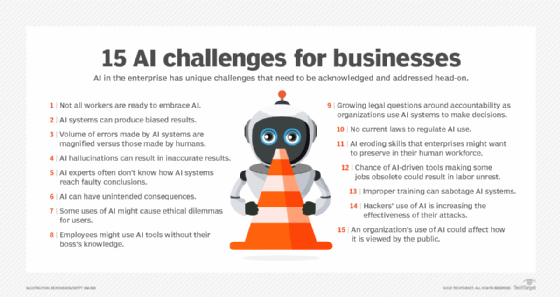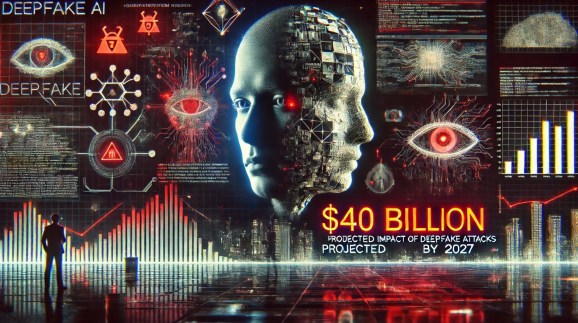Over time, the creation and spread of deepfakes and adversarial AI have established new ways for attackers to cause harm. Many enterprises have not yet prepared for these types of threats, putting themselves at risk of suffering the effects of an adversarial AI attack.
What’s Happening & Why This Matters
As a result of this, the vast majority of businesses are now seeing evidence of AI-powered threats, and a significant number of enterprises have not developed strategies to identify and defend against adversarial AI attacks.

For many enterprises, it is the CEOs who are targeted most often by deepfake efforts. Deepfake videos and voices have become increasingly difficult to spot, with attackers using this technology as a tactic to commit fraud and deceive others. Not only that, but as companies continue to improve through technology, so too have both hackers and cyber threats, driven by the advancements in generative adversarial network (GAN) technologies.
It is crucial for enterprises to adapt and confront the challenge of adversarial AI attacks, and to stay on par with attackers who are harnessing AI. If they do not, there’s a real risk of falling behind in the AI war. To help mitigate the risks, the Department of Homeland Security has issued a guide focused on the threats of deepfake identities.
TF Summary: What’s Next
By remaining aware and understanding the risks associated with adversarial AI, enterprises have the opportunity to identify and defend against these attacks effectively. While the advancement of AI presents a new arena for threats, there are steps that can be taken to protect against them.

— Text-to-Speech (TTS) provided by gspeech


